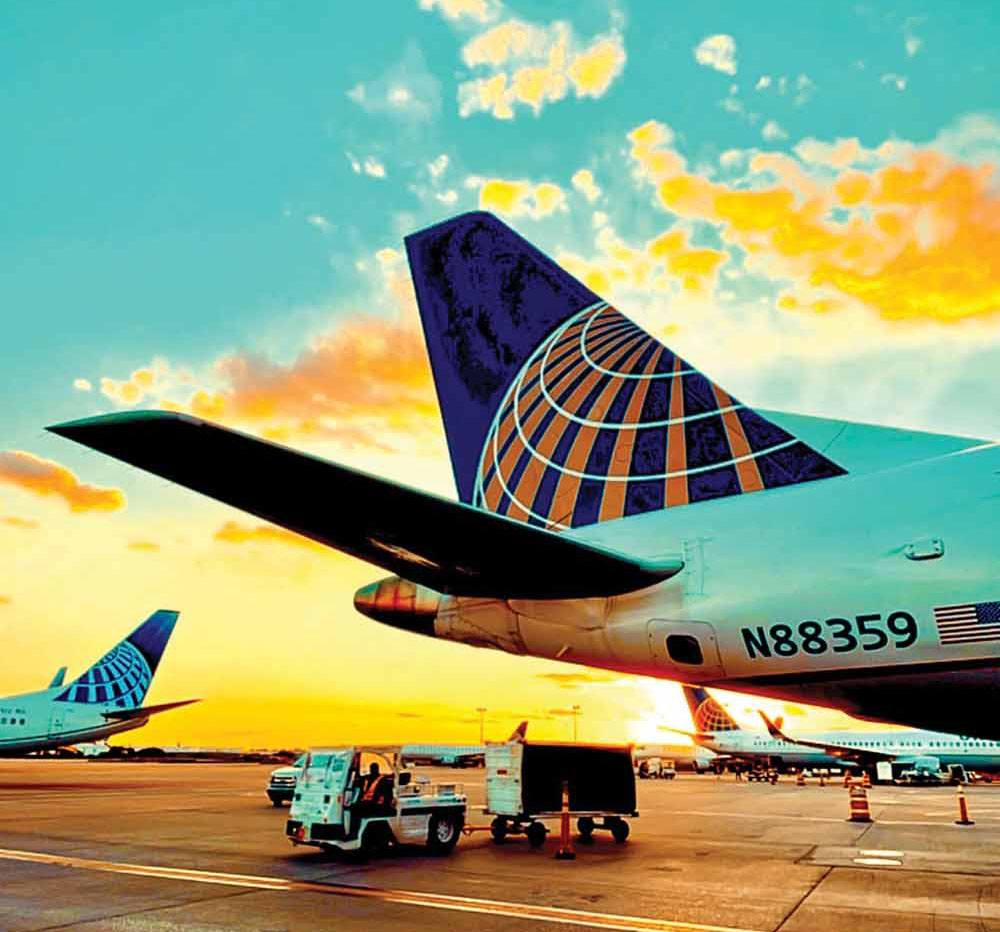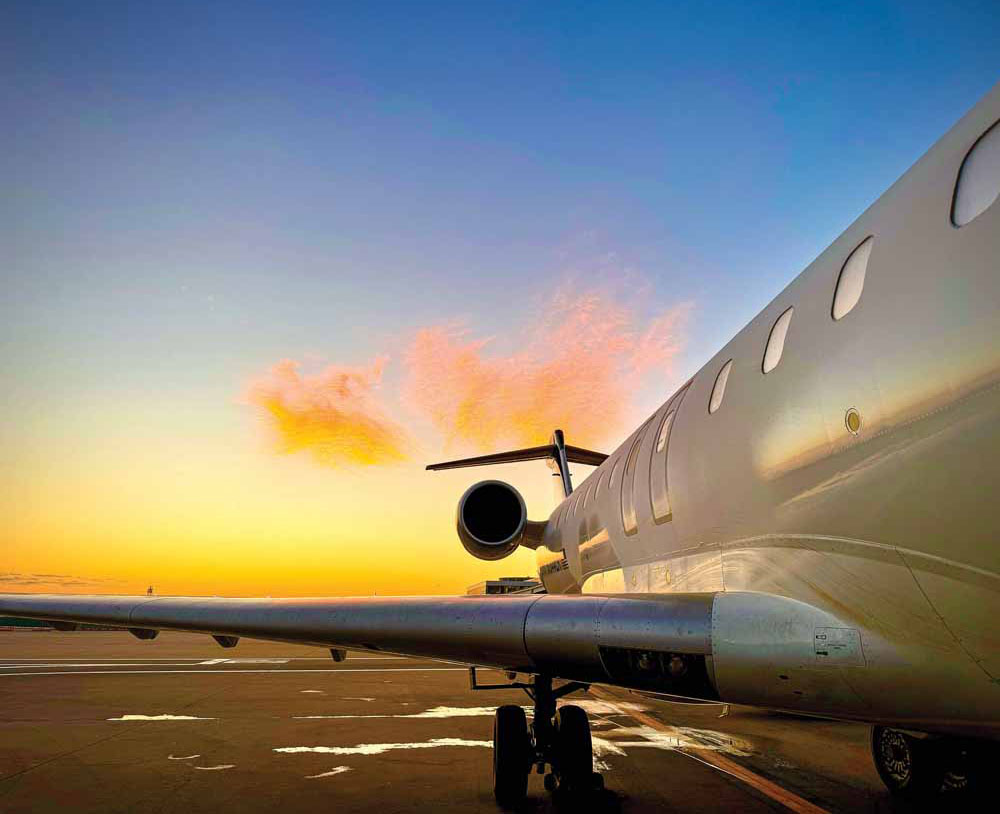Mesa

The tail of a Mesa CRJ900 under partly cloudy skies. Photo: F/O Collin Thompson (Mesa)
At A Glance
Pilots joined ALPA: 1987
Number of pilots/flightcrew members: Approximately 800
Pilot bases: Cincinnati, Ohio; Dallas/Fort Worth and Houston, Tex.; Louisville, Ky.; Phoenix, Ariz.; Washington, D.C.; and Denver, Colo.
Headquarters: Phoenix, Ariz.
Operations: Mesa operates as United Express and provides cargo service for DHL with approximately 373 daily departures to destinations in the U.S., Canada, Mexico, Cuba, and the Bahamas.
Fleet: 54 CRJ900s, 40 ERJ 175LRs, 16 ERJ 175LLs, and 4 B-737-400Fs
Mesa Airlines pilots will return to the bargaining table in 2024 for a second round of Section 6 negotiations. Their contract became amendable in July 2021; but after a failed agreement in July 2022, the parties temporarily narrowed their focus to compensation and signed a letter of agreement (LOA). Under the 2022 LOA, first officers and captains saw significant pay rate increases, which served to temporarily curb postpandemic attrition and attract direct-entry captains with a nearly 118 percent increase for first-year captains and a 172 percent increase for new-hire first officers. However, retention became an even greater concern in 2023.
Increased attrition has deeply impacted the size of the pilot group, which dropped from more than 1,300 in early 2021 to approximately 800. While first officer hiring has slowed due to rapid captain attrition, it’s clear that the continuation of negotiations for a full collective bargaining agreement is critical in helping the regional airline meet its targets as a United Express carrier.
After ending its agreement with American Airlines in April 2023, Mesa moved all passenger operations to United Express. Last June, the carrier opened a new base in Denver, Colo., and will be transitioning all pilots to ERJ 175s by the end of 2024.


